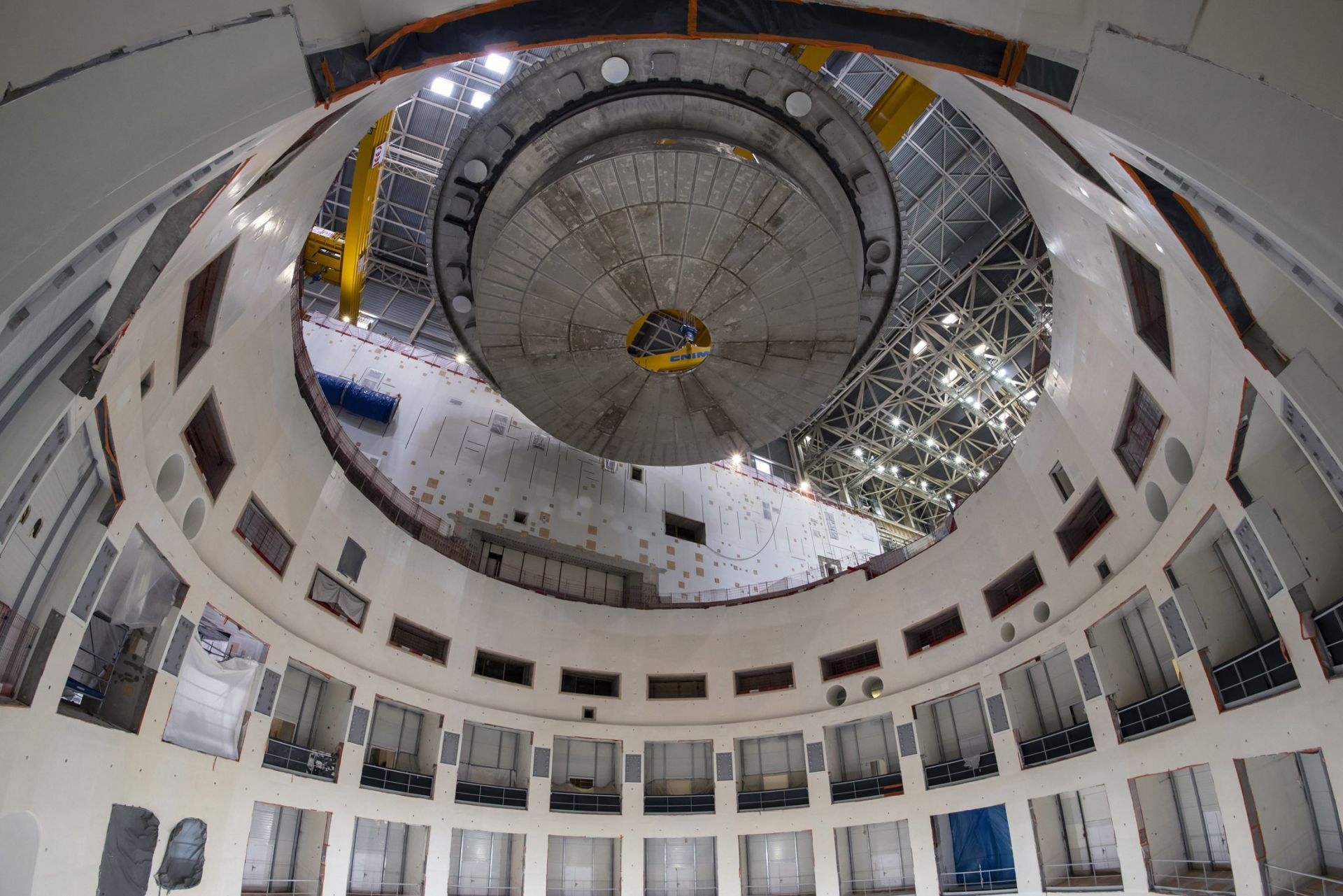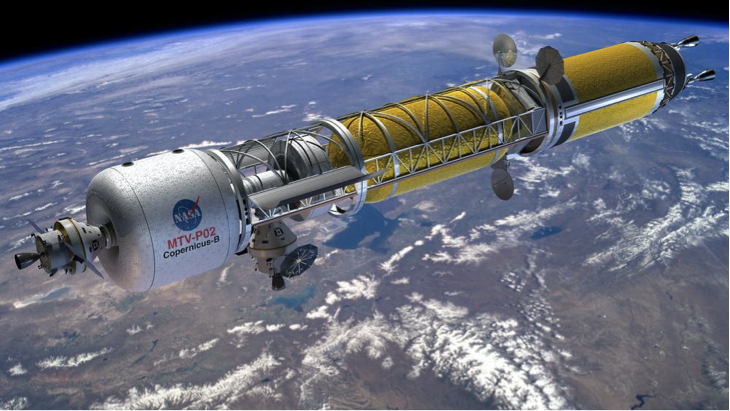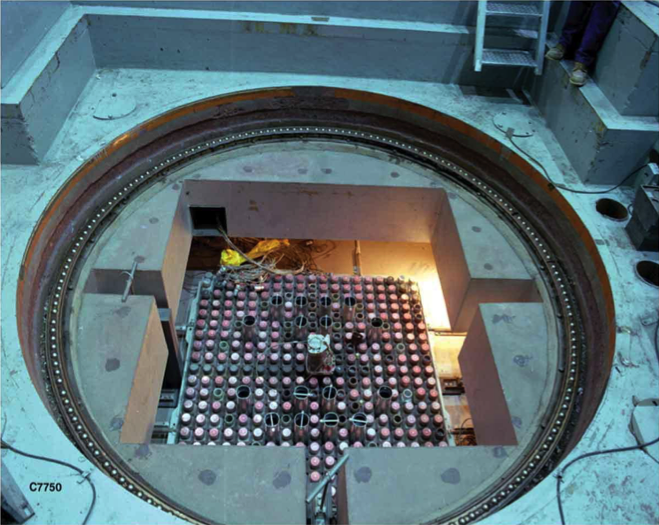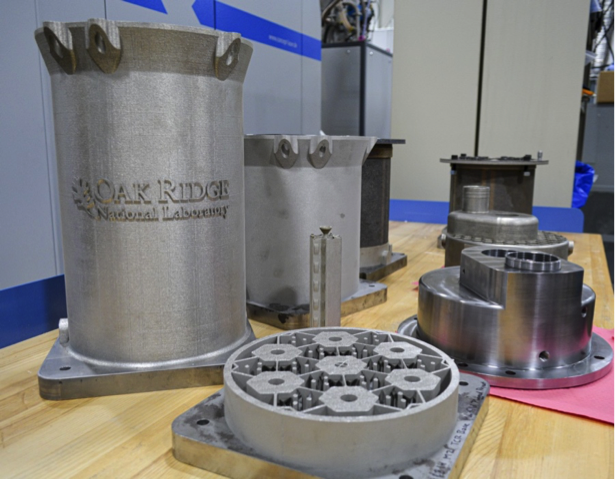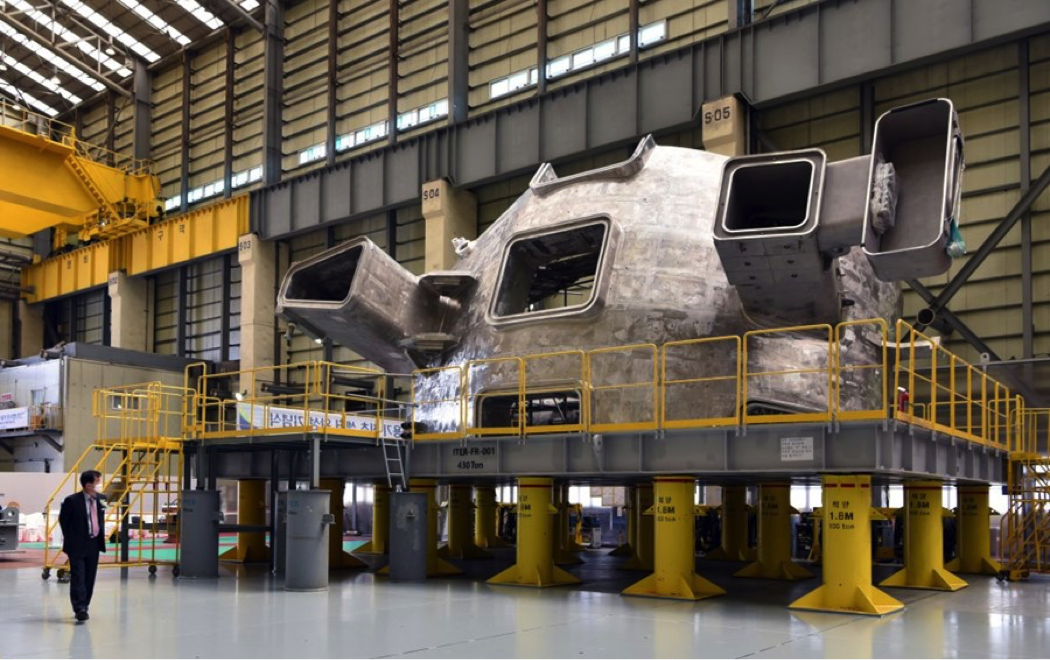To get a job done, you need the right tool. Researchers now have one that will make their job easier—the Radioactivity and Damage (RAD) Calculator from the Department of Energy’s Nuclear Science User Facilities.
Most experiments conducted through the NSUF have the same underlying goal: quantifying irradiation effects on nuclear fuels and materials. Rather than doing a back-of-the-envelope calculation or a costly in-depth analysis with a nuclear engineer, users now have the flexibility to rapidly change experimental design parameters—such as selecting the reactor to be used, the sample location within the reactor, displacements per atom desired, and the time frame—and see which NSUF reactor can produce the desired result, all within seconds.


